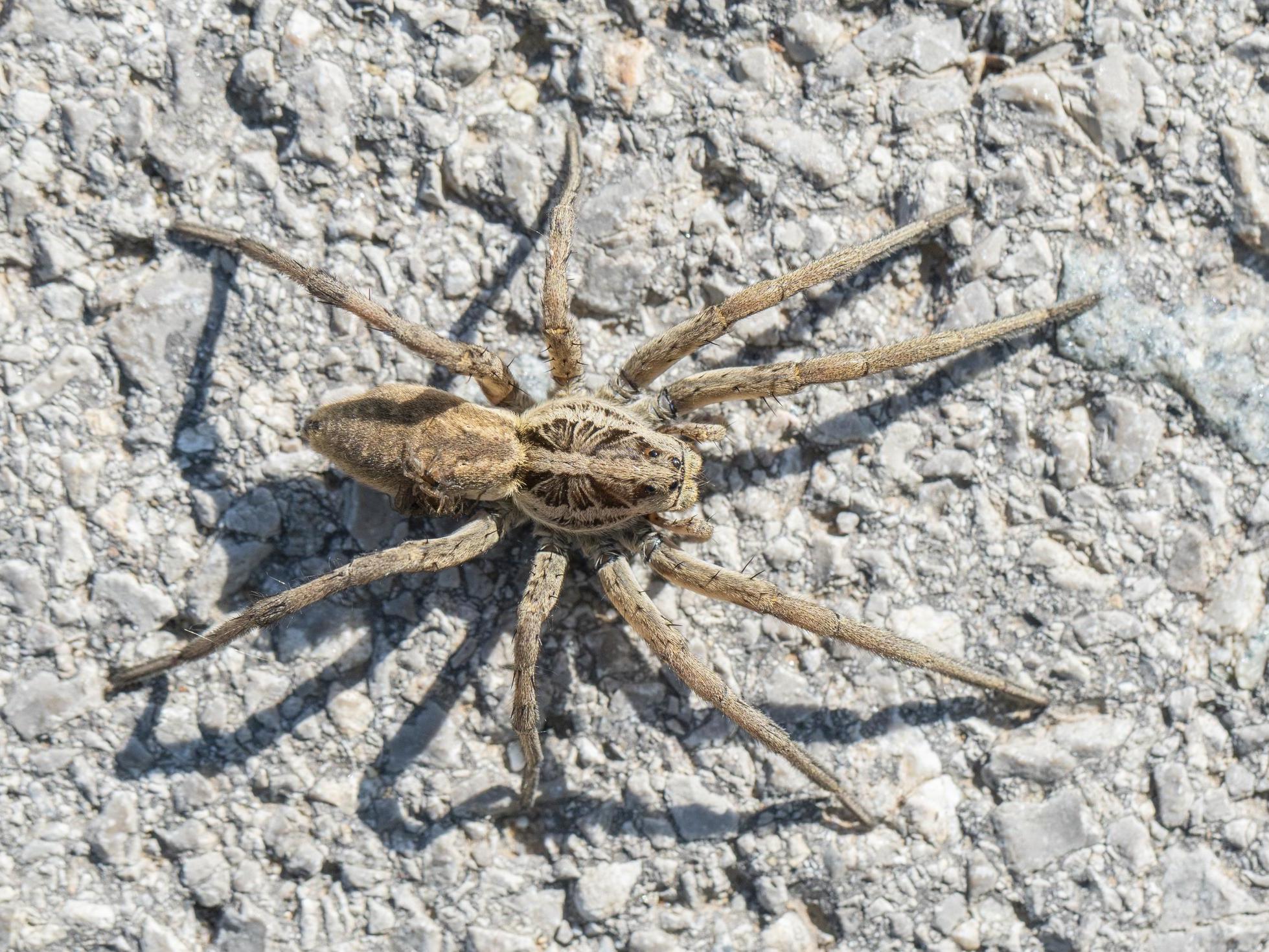Climate crisis: Arctic warming is causing ‘spider baby boom’, scientists warn
Wolf spiders have begun hatching two clutches of eggs each summer instead of one, researchers find

Temperature records are being obliterated in the Arctic amid runaway heat, which along with wildfires and ever-earlier snow-melt are all causing major concern among scientists.
This rapidly changing climate, due to the pronounced effect of the Arctic amplification phenomenon, is causing longer summers and shorter temperatures.
Alongside the existential threats a warming world poses to many species - including our own - researchers are also noticing other unforeseen impacts.
One of these is a “spider baby boom”. A new study reveals that species such as the wolf spider are already adapting to the warmer conditions in the Arctic, and as a result have been able to hatch two clutches of offspring during the summer, instead of the usual one.
Researchers have previously reported the impact of the changing climate meant plants bloom earlier in the season, while some species have moved farther north and into more mountainous regions.
But a team of researchers led by Toke Høye from the Arctic Research Centre and Department of Bioscience at Aarhus University has now shown that changes are also occurring in the reproduction of invertebrates.
The data for wolf spiders goes back almost 20 years. Researchers at the Zackenberg Research Station in north-eastern Greenland have caught and studied the species as part of the Greenland Ecosystem Monitoring programme.
The spiders were caught in small pitfall traps set up in different vegetation types.
The researchers counted the number of eggs in the individual spider's egg sacs and compared this information with the time of the season that the animal was caught. By looking at the distribution of the number of eggs in the egg sacs throughout the season, the researchers said it became clear that in some summers the spiders produced two egg sacs - a recognised phenomenon in warmer latitudes, but not one which has previously been observed in the Arctic.
“We now have the longest time series of spiders collected in the Arctic. The large amount of data allows us to show how small animals in the Arctic change their life history in response to climate change,“ said Dr Høye.
The data indicates the earlier the snow disappears from the ground, the greater the proportion of spiders which can produce a second clutch of hatchlings.
“These changes have not been [documented before] and evidence suggests that the phenomenon plays an important role for Arctic insects and spiders,” Dr Høye said.
The researchers said they see the spiders' ability to adapt to the new conditions as a response to climate change.
Wolf spiders feed on small organisms such as springtails in the soil. If there are more spiders - or insects - in the future Arctic, it can have an influence on the food chains on land.
“We can only speculate about how the ecosystems change, but we can now ascertain that changes in the reproduction of species are an important factor to include when we try to understand how Arctic ecosystems react to the rising temperatures on the planet,” Dr Høye said.
Temperatures in Siberia have been far hotter than usual since the beginning of the year. A major heatwave has seen temperatures at Verkhoyansk - a settlement known as the Pole of Cold - hit 30C every day, as well as reaching the all-time high for the Arctic Circle when a temperature of 38C was recorded on 20 June.
The research is published in Proceedings of the Royal Society B.
Subscribe to Independent Premium to bookmark this article
Want to bookmark your favourite articles and stories to read or reference later? Start your Independent Premium subscription today.

Join our commenting forum
Join thought-provoking conversations, follow other Independent readers and see their replies